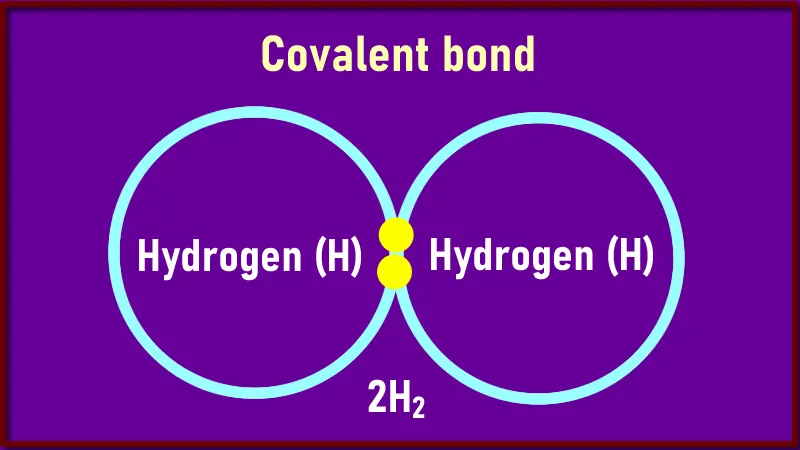

Introduction
In the last presentation, I looked at covalent bonding as another form of chemical bonding. We saw the many different types of covalent bonding such as double bonds and triple bonds. If you want to check out the article which this one is a continuation of it, click here.
So in this article, we will see other more complex examples of covalent bonding. Then we will appreciate how some compounds are formed through this type of chemical combination.

1. Formation of Carbon (IV) oxide molecule.
In the formation of Carbon (IV) oxide molecule CO2, two oxygen atoms bonds with a carbon atom in a covalent manner. Carbon has an atomic number of 6. This means that there are 4 valence electrons that requires 4 more electrons to attain the octet structure.
For oxygen with an atomic number of 8, there are 6 valence electrons that require 2 more in order to attain the octet structure. So in the formation of CO2, the two oxygen atoms combine with the carbon to for the molecule such that all the atoms obtain an stable electronic configuration.
Covalent bonding in the formation of CO2 Molecule
Since carbon has 4 valence electrons, it will share these with the two reacting atoms of oxygen. So each oxygen atom shares two valence electrons in either side of the bond from the 4 donated by Carbon. The oxygen atoms donate 2 each of their 6 valence electrons. This results in the formation of double covalent bonds with the oxygen atoms on either side of the Carbon atom. The 3 atoms - 2 of oxygen and 1 of carbon - thus forms a molecule of CO2 with all attaining a stable electronic configuration. Check image below:


2. Formation of Ethene (C2H4) Molecule
Ethene C2H4 is a hydrocarbon formed in a covalent bonding between two carbon atoms. 2 Carbon atoms with 4 valence electrons and 4 hydrogen atoms with 1 valence electron forms this hydrocarbon called C2H4.
The two carbon atoms require 4 electrons to achieve a stable electronic configuration. meanwhile, each of the 4 atoms of Hydrogen need 1 electron each to complete their shell. The formation of ethene molecule happens in such a way that all 6 atoms attains a stable configuration. This means that the carbon atoms have their outer shells filled with 8 electrons and the hydrogen atoms 2. Lets see how that goes.
Covalent bonding in the formation of C2H4 Molecule
In this combination, the two carbon atoms share each of the 4 valence electrons with the other to have a complete shell and attain stable configuration. Thus, there is a double covalent bonding between them. For the hydrogen atoms, they form a single covalent bonding with the carbon atoms. Two of the hydrogen atoms form two single covalent bond with each carbon. Hence, there are 4 single covalent bonds between the hydrogen atoms and those of the carbon.


3. Formation of Methane CH4 Molecule
Methane CH4 is another hydrocarbon formed by a covalent bonding between a single carbon atom with 4 Hydrogen atoms. The carbon atom normally has 4 valence electrons, requiring extra 4 electrons to be complete. Each of the 4 hydrogen atoms require extra 1 valence electron to have a stable configuration. At the end of this chemical combination, all the atoms obtain a stable configuration and this results in the formation of the Methane molecule.
Covalent bonding in the formation of CH4 Molecule
In the formation of methane molecule, each of the 4 hydrogen atoms share their one valence electron with the carbon atom. In turn, the carbon atom shares one valence electron with each hydrogen atom such that all 4 atoms attain a stable configuration. The Carbon atom ends up with the required 8 electrons to attain stability, while each hydrogen atom has 2 to complete their shells.


Conclusion
It is obvious from the above three examples that covalent combination is really a very important chemical process that helps atoms of various elements to combine and form molecules. The combination helps each atom involved to attain a stable electronic configuration, while also aiding the formation of a new compound.